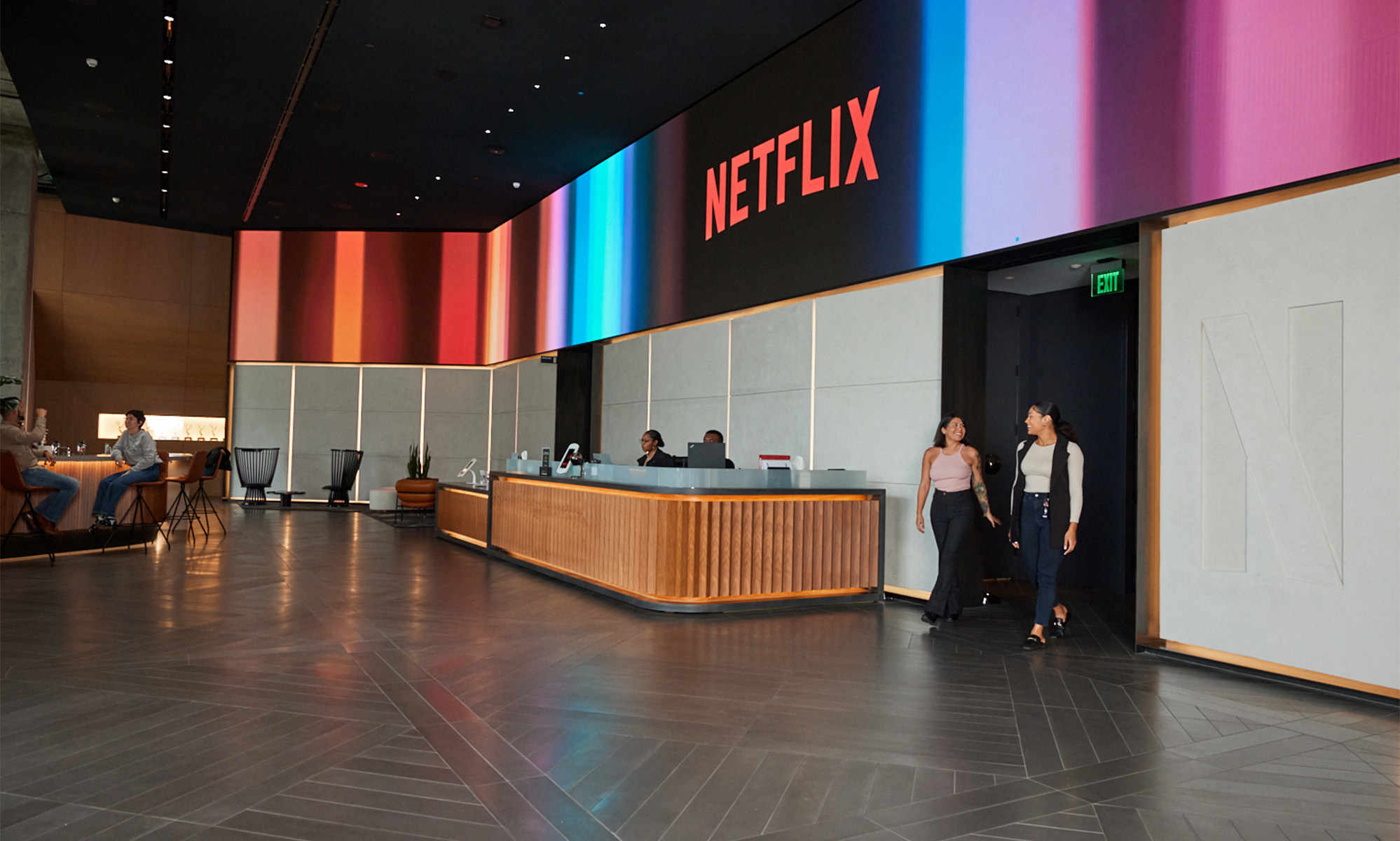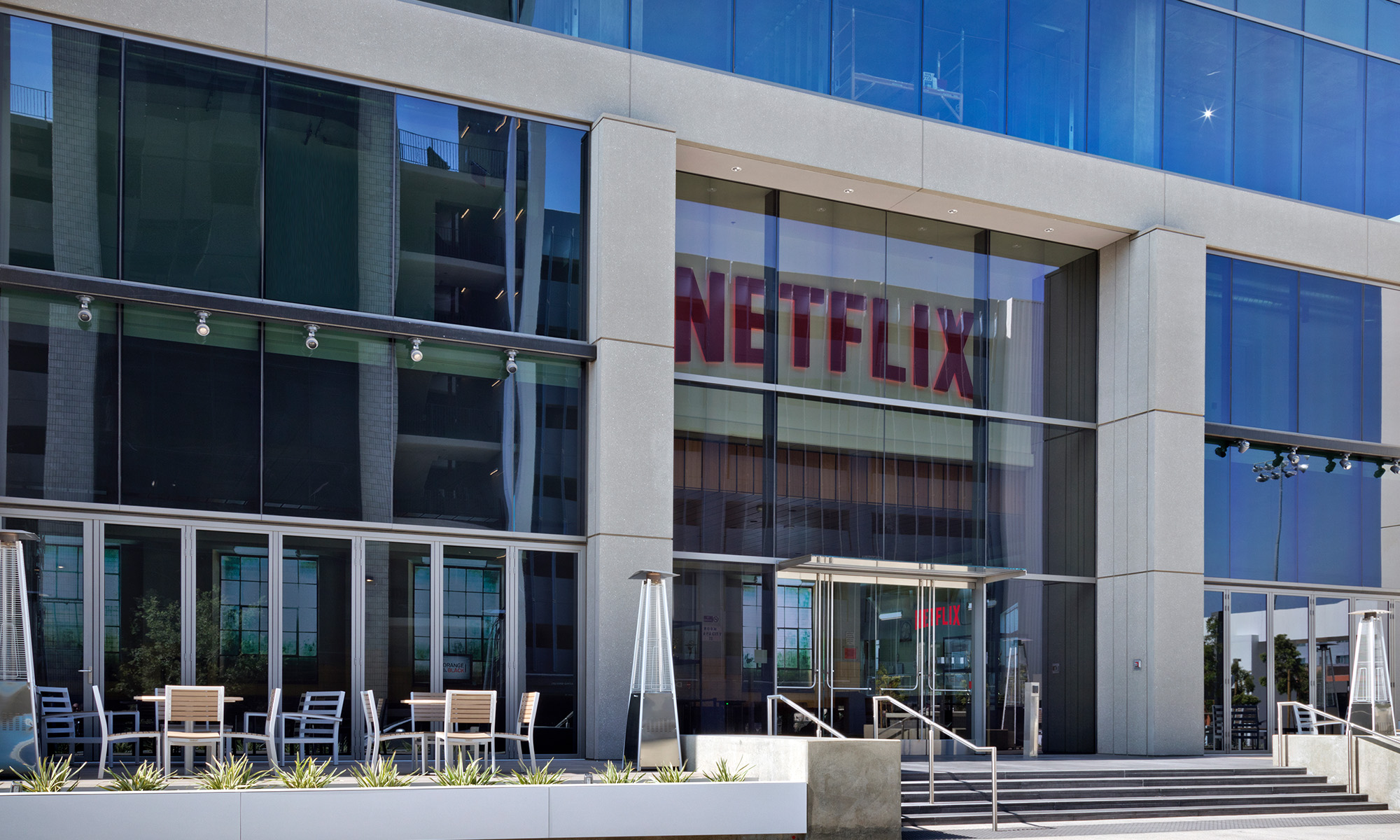Internet streaming giant Netflix (NFLX 2.08%) burned through $2 billion of cash in 2017 as it invested in content. The company expects to burn through even more cash in 2018, to the tune of $3 billion to $4 billion, as it continues to pour money into content and an increased marketing budget. This negative free cash flow will require Netflix to turn to the high-yield debt markets to finance its ambitions.
The story looks very different if you consider only GAAP numbers. Netflix generated net income of $559 million in 2017, with an operating margin of about 7.2%. The company expects its operating margin to rise to 10% in 2018, despite its prolific spending.

Image source: Netflix.
What's going on?
How Netflix accounts for its content spending is what's behind this giant discrepancy. Content spending is capitalized and amortized over time. If Netflix spends $100 million on a show, that cost is spread out on an accounting basis over multiple years, even though the cash is already out the door. The exact timetable depends on the type of content and for how long it will be available to Netflix subscribers.
This makes sense because Netflix's content has value beyond the first year, in the same way that equipment has a useful life span of many years and is depreciated over that life span. For original content with more up-front viewing, Netflix amortizes on an accelerated basis, reflecting the fact that the bulk of the content's value is exhausted in the first few years.
In 2017, cash spending on streaming content assets totaled $8.9 billion. The content amortization charge was just $6.2 billion. That $2.7 billion difference is why Netflix is profitable on a GAAP basis but wildly unprofitable on a cash flow basis.
Earnings are fuzzy
This is all well and good. The problem for investors is that Netflix doesn't disclose the amortization schedules for its various types of content. It's a black box -- in goes Netflix's giant annual cash content spending, out comes a much smaller number that shows up on the income statement. "Our estimates related to these factors require considerable management judgment," reads Netflix's latest annual filing.
When Netflix reports earnings, that number is a function of choices management has made. And because the company's content spending is so big, even small changes in how content is amortized can have outsize effects on the bottom line.
Here's an example of what I'm talking about. Let's imagine that Netflix uses the following amortization schedule for all its content spending:
|
Period |
Amortization Percentage |
|---|---|
|
Year 1 |
40% |
|
Year 2 |
30% |
|
Year 3 |
20% |
|
Year 4 |
10% |
Based on its cash spending in each of the past four years, this schedule would have produced a content amortization charge of $6.87 billion in 2017. That's not too far off from the real number.
What if Netflix instead used the following amortization schedule:
|
Period |
Amortization Percentage |
|---|---|
|
Year 1 |
60% |
|
Year 2 |
20% |
|
Year 3 |
12.5% |
|
Year 4 |
7.5% |
Under this scenario, Netflix's content amortization charge in 2017 would have been $7.53 billion, about $660 million more. Netflix produced $839 million of operating income in 2017, so a change of this magnitude would erase nearly 80% of the company's operating income.
There is no "correct" way to amortize this content. Instead, there's a range of amortization schedules that are reasonable. Since Netflix doesn't disclose much information about how it amortizes its content, investors are left guessing. The GAAP earnings numbers that Netflix reports should be viewed as fuzzy and inexact.
What we know for a fact is that free cash flow is deep in the red. Netflix expects to eventually become free cash flow positive as revenue grows and content spending slows down in the future. But it's not even in the ballpark today, and it may be many years before free cash flow and earnings converge.
The bottom line: Take Netflix's GAAP numbers with a grain of salt.






